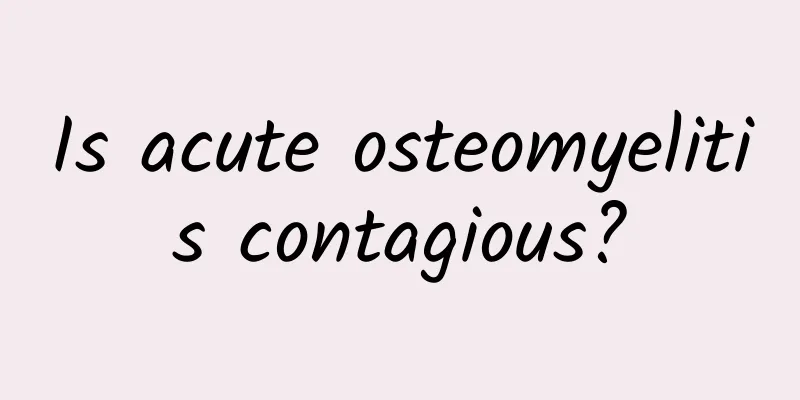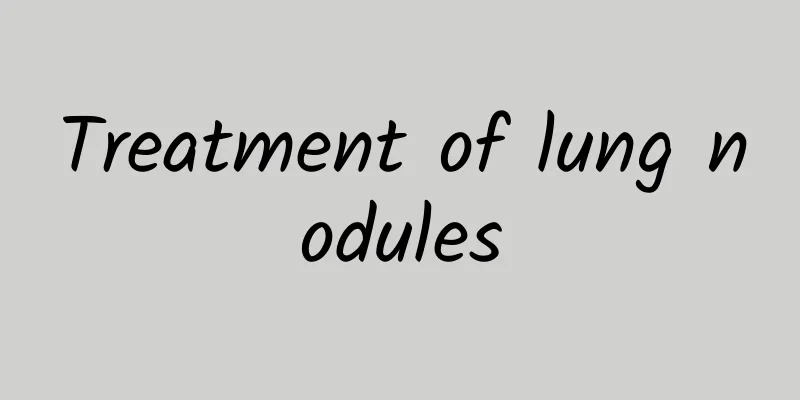How to treat costochondritis effectively?

|
Treatment of costochondritis is usually aimed at relieving pain and improving quality of life, which can be achieved through medication, physical therapy, and modifications to daily lifestyle. In severe cases, more advanced interventions may be required. 1. Drug treatment Nonsteroidal anti-inflammatory drugs (NSAIDs), such as ibuprofen or naproxen, can effectively relieve pain and inflammation and are the first choice, but attention should be paid to potential side effects such as gastrointestinal discomfort. Local anesthetic or steroid injections are indicated for persistent pain, which can quickly relieve severe symptoms and are usually performed by a doctor under strict procedures. For long-term recurrent pain, low-dose antidepressants or neuropathic pain drugs may be considered to regulate pain, but they must be used under the guidance of a doctor. 2. Physical therapy Hot compress: Applying local heat to the painful area can relax tense muscles, improve local blood circulation, and thus relieve discomfort. Physical therapy techniques: Use of ultrasound therapy or muscle relaxation massage can help reduce inflammation and relieve pain. Moderate stretching and exercises: Gentle stretching of the chest area, such as yoga or light breathing exercises, can help increase chest elasticity and relieve pain. 3. Lifestyle Adjustments Limit strenuous activities: Avoid heavy physical labor and high-intensity exercise that may aggravate pain, and be careful to reduce actions such as lifting heavy objects or pushing hard. Adjust your posture: Maintain a correct standing or sitting posture, and avoid leaning forward or hunching over for long periods of time. This can help relieve chest pressure. Improve sleeping posture: Choose a suitable pillow and a flat, supportive mattress to avoid putting pressure on your chest. If there is no significant improvement after the above treatment, or if symptoms such as obvious difficulty breathing and persistent severe chest pain occur, further testing may be needed to rule out other possible diseases, such as infection or chest lesions. Controlling costochondritis requires a combination of medication, physical therapy, and lifestyle management tailored to individual circumstances. If symptoms do not improve or worsen over a long period of time, it is recommended that you seek medical attention in a timely manner and develop a personalized treatment plan to avoid affecting your long-term health. |
<<: What are the symptoms of congenital heart disease in newborns?
>>: What causes hemangioma in newborn babies?
Recommend
How often should breast cysts be checked regularly?
It is recommended to have a regular checkup every...
Symptoms of gallstones
Symptoms of gallstones include severe pain in the...
The best way to treat gallstones
There are many ways to treat gallstones, and choo...
How to treat costochondritis and get better results quickly
Costochondritis can generally be relieved quickly...
How to check patients with gallstones
Patients with gallstones should undergo professio...
What to do if a urinary catheter causes a urinary tract infection
Urinary tract infection after catheterization nee...
Is it normal for a three-year-old to have X-shaped legs?
Three-year-olds with X-shaped legs may be a norma...
What to do about the sequelae of aneurysmal bone cyst
Diseases such as cerebral aneurysms can be treate...
What ointment can be used for breast cysts
Breast cyst is a common benign disease of the bre...
What tests should be done for gallstones
A diagnosis of gallstones usually requires a seri...
There is a piece of meat hanging under the urethra
A piece of flesh hanging down from the urethra ma...
The main symptoms of ureteral stones in men
Ureteral stones in men often present with symptom...
Treatment of ventricular septal defect in newborns
Treatments for neonatal ventricular septal defect...
Difference between perianal abscess and inflammatory external hemorrhoids
Although perianal abscess and inflammatory extern...
Can I eat cookies if I have a breast cyst?
Patients with breast cysts can eat biscuits, but ...









